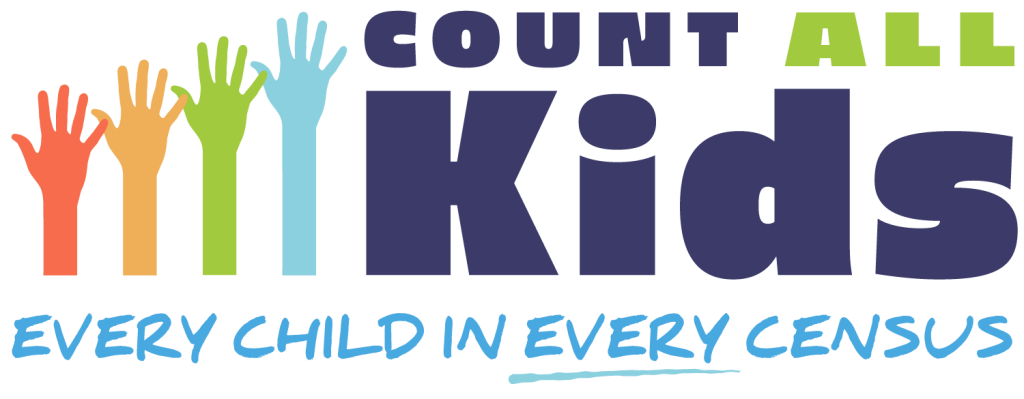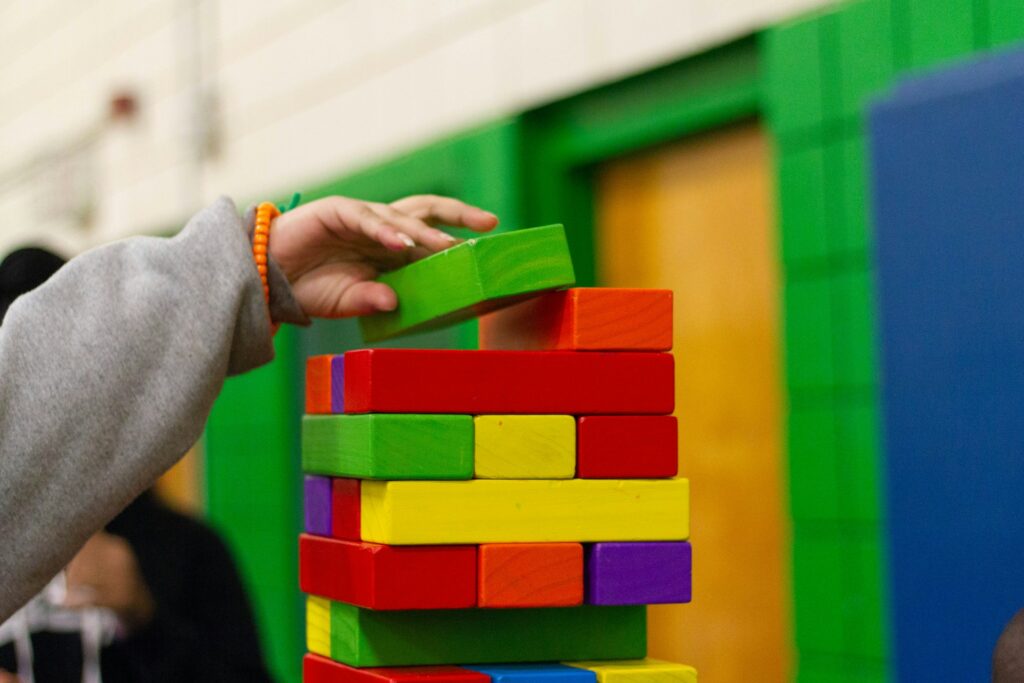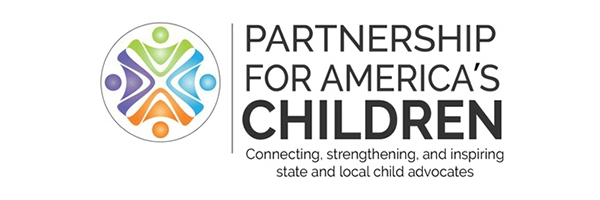The Census Project has just posted a new blog by Dr. William O’Hare and Dr. Ronald Prevost exploring the results of the 2020 census new privacy protection system for children: Standard Deviations: Distribution of Census Blocks with Children and No Adults in the 2020 Census.
This blog is important partly because it illuminates problems with the 2020 Decennial Census data for children and more because it warns us about the importance of two forthcoming decisions by the Bureau.
For the 2020 Census data results, the Bureau used a new approach to protecting the privacy of individual information called differential privacy. The implementation of this process has proven problematic. Results were produced years later than for prior censuses, the quality of the data is worse, and less data has been available for children. The National Academy of Sciences final report on the 2020 Census (page 2) states, “In short, the new DAS [disclosure avoidance system] was not ready for use in 2020 Census production and substantially degraded the value of 2020 Census data products in terms of both quality and timeliness.”
One of the specific ways it degraded 2020 Census data is shown in this report: it produced 101,141 blocks with children but no adults—a highly unrealistic number. The blog demonstrates that rural blocks were disproportionately affected and that the data was most skewed for White and American Indian/Alaska Native children. The blog includes state-specific analyses.
This means that Census data at the block level is highly inaccurate and unreliable—something the Census Bureau has tacitly acknowledged, by saying Data for very small demographic groups and geographic areas, such as census blocks, may be too noisy for a particular use and should be aggregated into larger geographic areas before use (p.6). Unfortunately, block level data is necessary for many purposes, including political redistricting, school demographics, transportation analysis, or locating services such as fire stations and libraries.
This problem occurred because the approach the Bureau used separated children from adults in the household. As the blog notes, the Bureau also produced a separate set of data in the “supplemental DHC” that kept households together. Unfortunately, that only included nine tables, did not provide data below the state level, only published data for a few racial or ethnic groups, and grouped all children together by age rather than providing separate data for different age groups.
While nothing can be done at this point to improve the data on children from the 2020 census, the Bureau has to decide going forward how to protect the privacy of individuals in the 2030 Census and the American Community Survey. They can do better.
We at Count All Kids have been particularly concerned that any application of privacy protections to the American Community Survey (ACS) that broke the connection between children and adults would mean that the Bureau would be unable to produce reliable child poverty data for states and localities. The ACS is our source of child poverty data for states and localities and child poverty is the single most important measure of child well-being. Since children rarely have income or assets, we measure child poverty by the income of the total household. If the data does not connect children with the adults they are living with, it cannot measure household income or poverty.
At the end of 2022, the Bureau announced “the science does not yet exist to comprehensively implement a formally private solution for the ACS. We expect a multiyear development period, including data user review and feedback, that will extend beyond 2025.” While we were delighted that they recognized the problems, we continue to believe that any privacy protections applied to the American Community Survey must keep children and adults connected and accurately measure poverty and a number of other measures of child well-being (such as whether children are being raised by both parents, by one parent, or by a grandparent). We will continue to monitor the development of privacy protections for the ACS and elevate the importance of keeping children and adults connected in the data.
The second major decision that will affect children is what privacy protocols the Bureau will use to report the data collected in the 2030 Census. The decennial census does not collect income information, so it does not provide poverty data. However, it is used for redistricting and for creating the population estimates that are used to allocate funding for many children’s programs. Accurate locality data will be particularly important for programs such as education and special education, where funding is allocated by locality rather than by state.
The Bureau has just released a set of principles they plan to use for deciding how to implement disclosure avoidance in future data releases, but these principles do not directly address whether to maintain the connections among children and adults in a household. Like the blog authors, we urge the Census Bureau to quickly develop a Disclosure Avoidance System that retains the connection between children, parents, and their household status.








